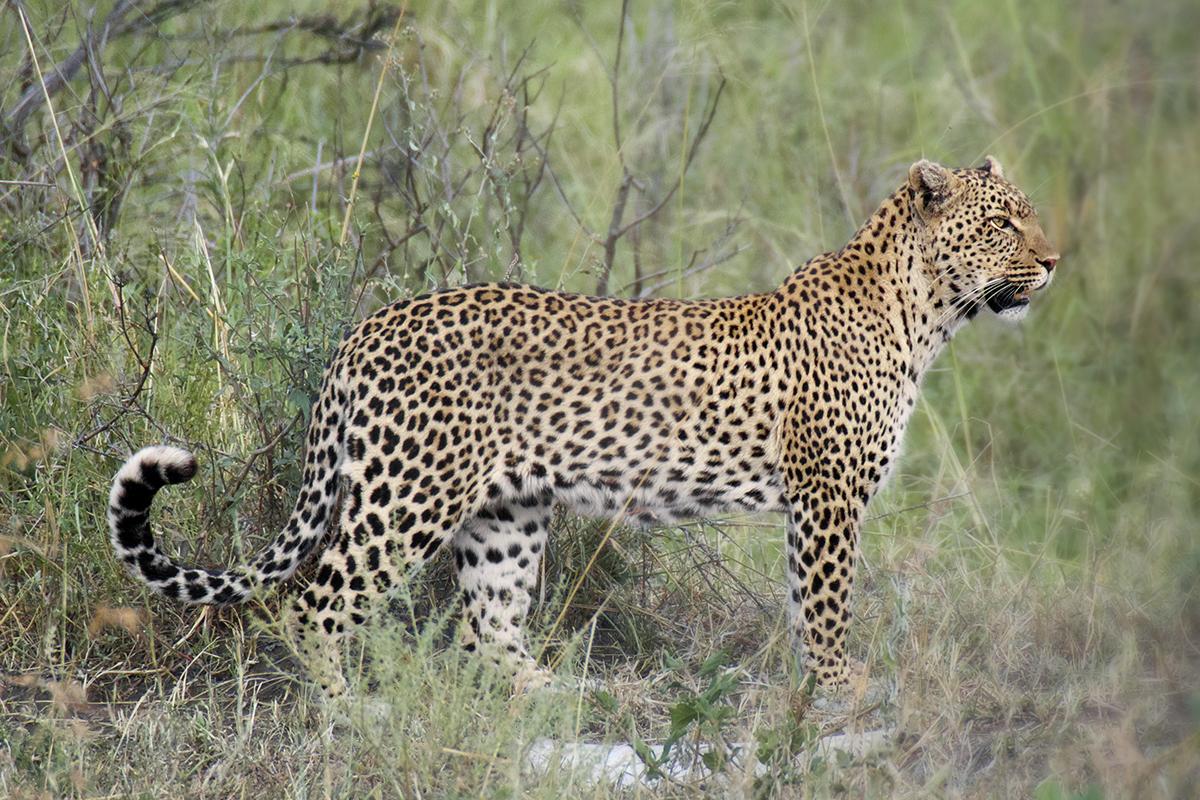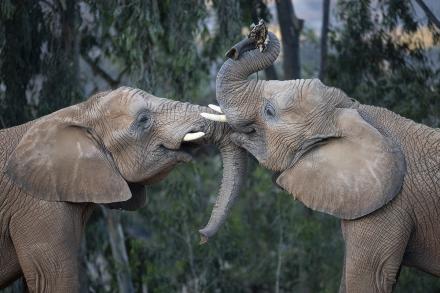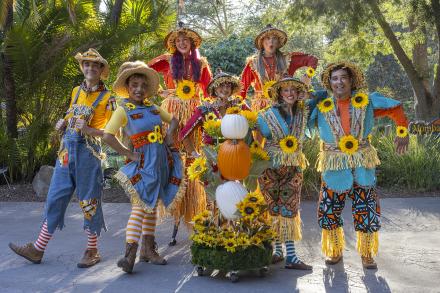
Imagine the most dangerous or destructive large animal native to the area where you live. How far do these species live from you? What would it take for your community to coexist with predators? Context, of course, matters. For those in Southern California, this question might lead to thoughts of mountain lions and coyotes, or even grizzly bears, wolves, and jaguars—species that once roamed this landscape. Today, in other parts of the world, people navigate life with elephants, tigers, and polar bears.These species, while awe-inspiring and essential to their ecosystems, pose real challenges for coexistence with the communities they live alongside or within. Conflicts and tragedies do occur, yet some societies have found ways to adapt and tolerate risk in the pursuit of coexistence.
At San Diego Zoo Wildlife Alliance, we collaborate with communities and governments across the globe to find, integrate, and refine strategies (and refine again) for living alongside some of the planet’s most challenging wildlife. In our eight Conservation Hubs, we focus on iconic species such as African savanna elephants, African leopards, Sumatran tigers, Arctic polar bears, mountain lions in California, and jaguars in Peru. Our pursuit expands across three key themes: reducing risks, increasing benefits, and evaluating coexistence. Each approach has its limitations or controversies which, through discussion and reflection, can drive new insights.
Reducing Risks
In Peru, San Diego Zoo Wildlife Alliance is helping government agencies plan national management strategies for jaguar conflict scenarios (planning for coexistence or Plan4Coex workshops) while simultaneously working closely with local families to reduce the risk of jaguar predation on livestock. By using trail cameras and conducting community workshops, we empower families to identify predator species like jaguars and implement effective measures to protect backyard poultry and other livestock. Similarly, in Kenya, we partner with communities to test predator-proof bomas—livestock enclosures that have been enhanced with lights and wires. These methods have proven effective in reducing losses to carnivores while also strengthening community tolerance.
Mountain lions in California provide another example. San Diego Zoo Wildlife Alliance has supported research into sound-based deterrents and improved fencing to minimize depredation incidents while avoiding lethal control. These strategies help wildlife in these fragmented landscapes and human communities share space more safely.
Increasing Benefits
Programs like Patroli Anak Nagari (PAGARI) in Sumatra integrate tiger patrols with education initiatives, creating job opportunities and fostering a sense of pride in conservation efforts. This approach builds economic resilience while promoting cultural ties to wildlife.
In Northern Kenya, we launched an innovative Conservation Performance Payments strategy in Ruko Community Conservancy to incentivize wildlife protection and community-led management by financially rewarding communities for successful conservation outcomes, including higher benefits for large carnivores detected on wildlife cameras.
Evaluating Coexistence
San Diego Zoo Wildlife Alliance is driving technological innovation and application; GPS collars and trail cameras help monitor animal behavior, population dynamics, and zones of likely conflict. For example, polar bear movements around Churchill, Manitoba, are tracked to assess the effectiveness of relocation strategies and inform long-term conflict management plans. We are preparing to launch a similar study of conflict-prone leopards and translocation effectiveness in northern Kenya. Our organization recognizes that coexistence is as much about people as it is about wildlife. Social science tools are used to evaluate human well-being, attitudes, and tolerance toward conflict-prone species. By understanding community perceptions, San Diego Zoo Wildlife Alliance strengthens conservation efforts to align with the values and goals of local communities.
To create a world where all life thrives, we must support those at the forefront of conservation and enable more communities to coexist with the conflict-prone species they choose to embrace.


